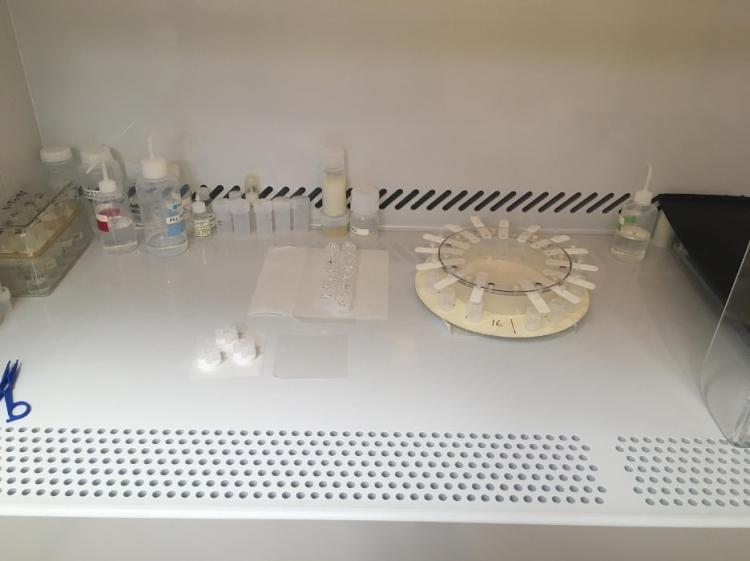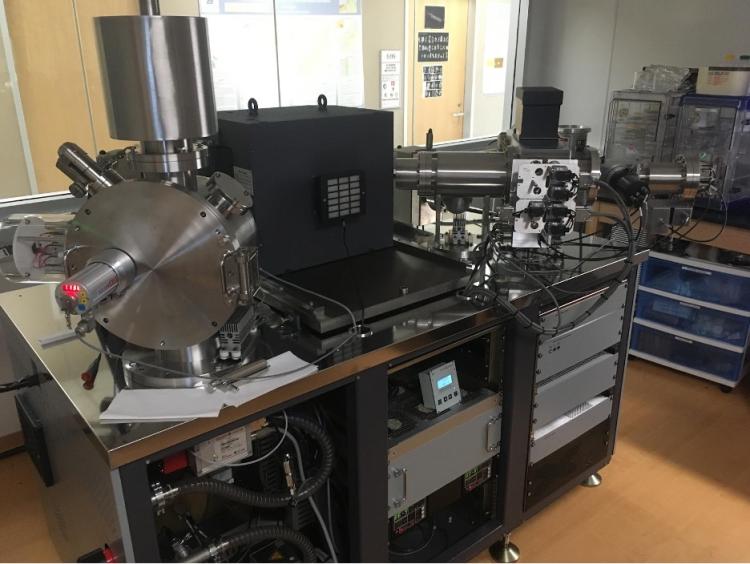Lyle Nelson - Project Profile
2020 AGeS awardee
Lab: Boise State University Isotope Geology Lab
Lab Mentors: Mark Schmitz, Jim Crowley, and Darin Schwartz
What scientific question(s) does your research address and what motivates this work?
Despite marking one of the most significant evolutionary changes in Earth history, the Cambrian ‘explosion’ of animal phyla, the Ediacaran-Cambrian boundary remains poorly calibrated and the age of the base of the Cambrian Period is uncertain within millions of years. Our research attempted to use geochronology to answer the question: when was the base of the Cambrian as defined by biostratigraphy and carbon isotope chemostratigraphy?
What chronometric tool did you employ and why?
We employed laser ablation-inductively coupled mass spectrometry (LA-ICPMS) and chemical abrasion-isotope dilution-thermal ionization mass spectrometry (CA-ID-TIMS) U-Pb geochronology of detrital zircons in tandem. The use of LA-ICPMS analyses, which are relatively cheap and relatively fast allowed us to screen through hundreds of zircons for each sample to find the youngest population, despite relatively low precisions in the calculated ages. We were then able to pluck out these youngest zircons, and employ U-Pb CA-ID-TIMS geochronology techniques to obtain the most precise analyses of zircon U-Pb isotopic ratios that are currently possible. These allowed us to calculate a highly precise (within 0.2%) maximum depositional age for each sample analyzed.

Figure 1. Microcolumn chemistry within the Boise State University Isotope Geology Lab interior clean laboratory for ultra-low blank separation of U and Pb from chemically abraded and dissolved zircons.
What were some of the key takeaways of your research?
- Maximum depositional ages of three analyzed samples young in stratigraphic order, suggesting (1) there were local magmatic sources of zircons within the depositional system and (2) the calculated maximum depositional ages approximate true depositional ages.
- The lowest obtained maximum depositional age was from a sample below the first regional occurrence of the index fossil that defines the base of the Cambrian (Treptichnus pedum), and the results suggest the base of the Cambrian is >6 million years younger than currently recognized.
- When the new maximum depositional ages are applied to calibrate carbon isotope chemostratigraphic compilations, it suggests rates of animal diversification during the early Cambrian were twice as fast as previously recognized.

Figure 2. IsotopX IsoProbe-T multicollector thermal ionization mass spectrometer in the Boise State Isotope Geology Lab used to make high-precision U and Pb isotopic measurements.
What new experiences, opportunities, and collaborations did you gain as an AGeS-Grad awardee?
As my research focuses on field-based sedimentology and stratigraphy, this opportunity from the AGeS-Grad program allowed me to gain significant prolonged experience within a highly specialized laboratory, and to work on every step of research along the way from designing the project, to selecting and collecting the samples, to each analytical step, to reducing and interpreting the final data. I gained much more appreciation for the intensive efforts that go into generating a high-precision U-Pb geochronology date. The project created new collaborations with members of the Boise State University Isotope Geology Laboratory that are leading to new projects in addition to the one funded by AGeS. We have also been able to use some of the new data produced through this project to help write new grant proposals and raise additional research funding.
What is one piece of advice you have for future AGeS-Grad award applicants or awardees?
When you are visiting your host lab, talk to as many people (both lab members and within the department) as possible! This is a great opportunity for knowledge exchange and to make new connections within the geoscience community.

